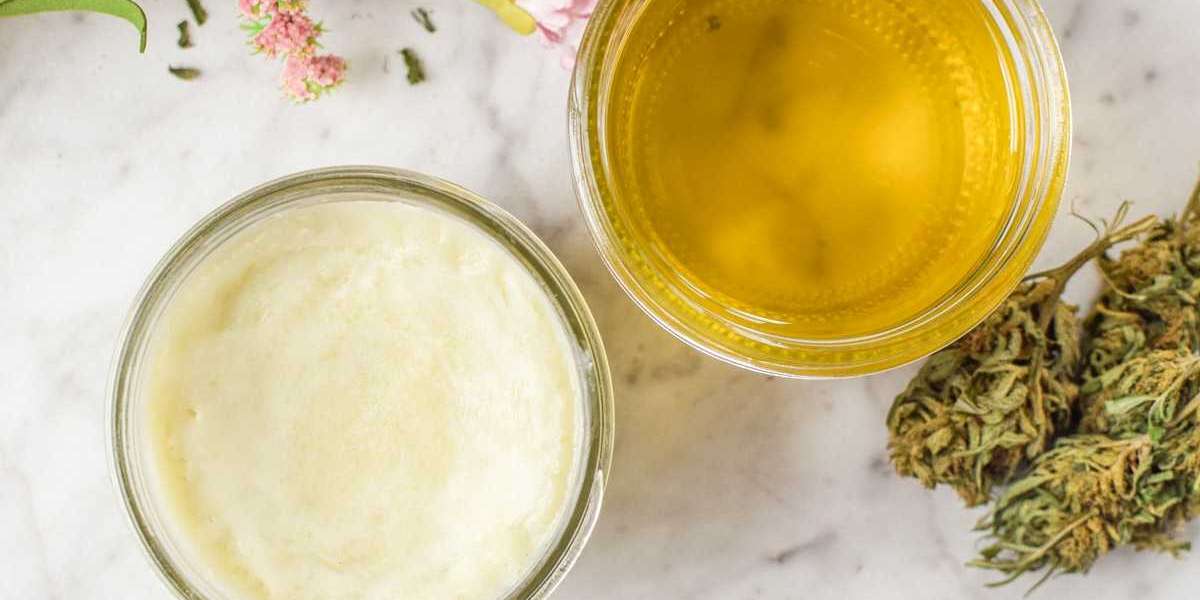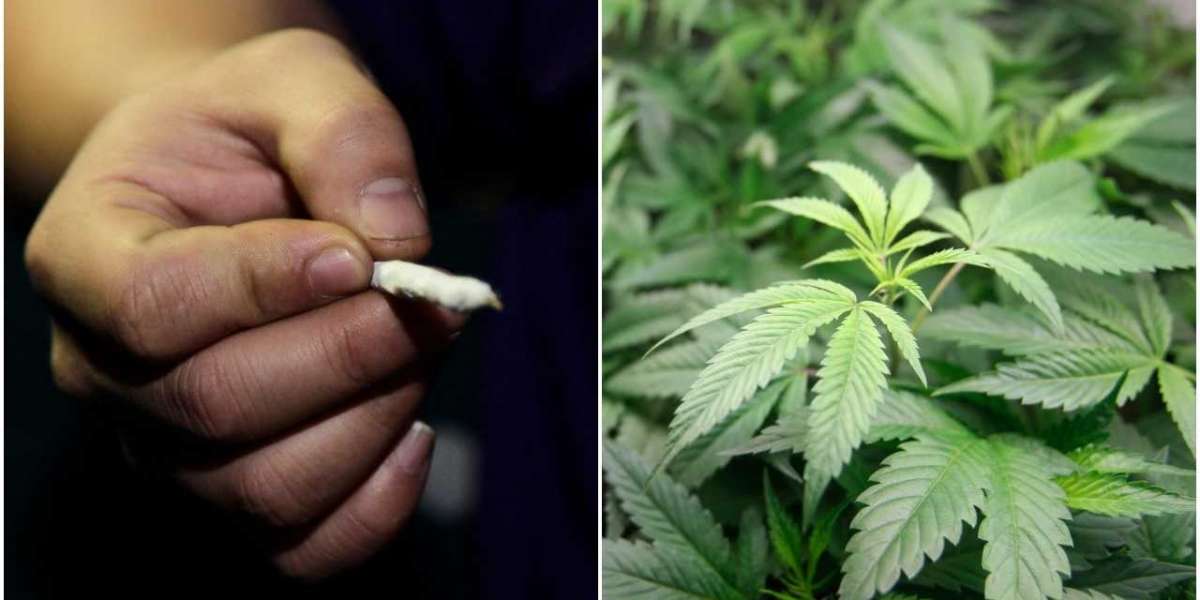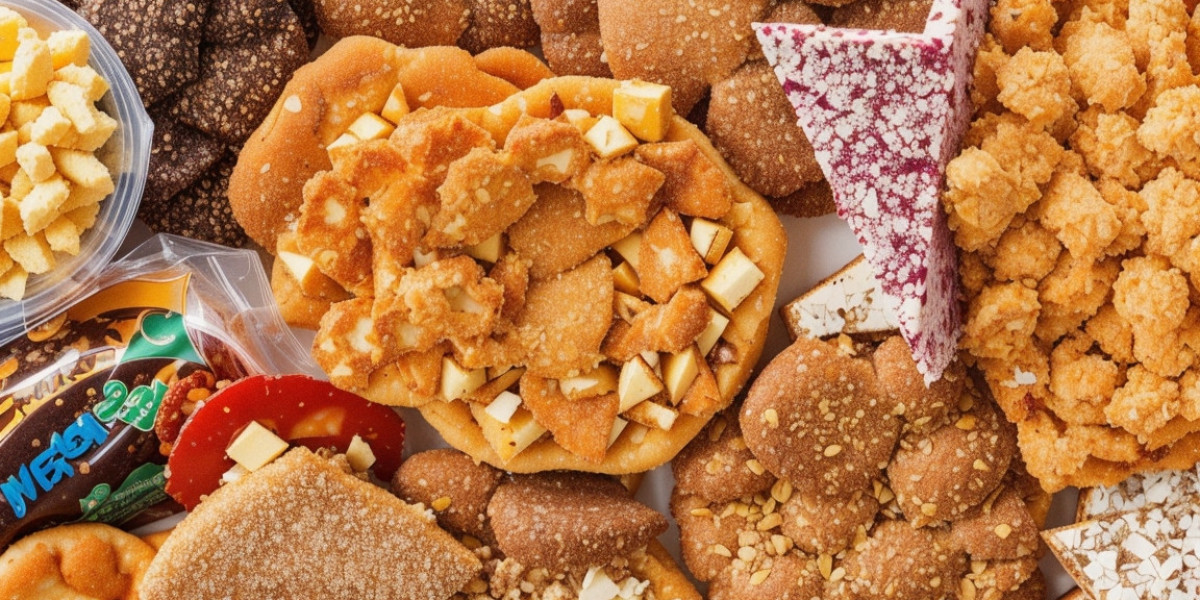Cannabis coconut oil is so incredibly useful we don’t know how we survived without it. We’re sure you’ll feel the same way once you give it a try. In this article, we tell you everything you need to know to whip up your own batch of this oil lickity-split. We also give you the secret to great, some might even say the best cannabis coconut oil so that you learn to love the stuff the way we do.
What Is Cannabis Coconut Oil?
As the name suggests, cannabis coconut oil is a mix of cannabis and coconut oil. More specifically, it’s the terpenes and cannabinoids of the cannabis plant combined with the delicious fatty goodness of coconut oil.
Sound good? It really is! And you can cook up a batch of the stuff right in your very own kitchen or any kitchen, for that matter. Before we get to the actual how-to of this oil, let’s discuss a few more pertinent issues first.
Will Cannabis Coconut Oil Get You High?
The first thing everyone wants to know when we start talking about cannabis coconut oil is whether or not it will get them high. We know they and you want a straightforward, one-word answer, so here it is: maybe.
This oil may get you high. It all depends on what type of cannabis you use. If you use a strain that contains THC, yeah, you’ll get high (to varying degrees as you’ll see below). If, on the other hand, you use a CBD dominant strain, you won’t feel anything but relief from pain, anxiety, and other medical symptoms.
To help you discern whether your product will get you high, here’s an incremental guide:
- If your cannabis coconut oil contains one percent THC or less, you won’t feel a thing (because, most likely, this is hemp).
- If your cannabis coconut oil contains one percent to five percent THC, and depending on your pot experience, you might start to feel something (Cannabis ruderalis falls in this category).
- If your cannabis coconut oil contains five percent to 10 percent THC, you’ll probably hear a shape or two.
- If your cannabis coconut oil contains 10 percent to 15 percent THC, you’ll be well on your way to Psychedelic City (we own property there, so look us up when you arrive).
- If your cannabis coconut oil contains anything above 15 percent THC, kiss reality goodbye.
- If your cannabis coconut oil is (made from) a CBD-dominant strain used for medicinal purposes, you will not get high.
Now you see why we answered the question with a maybe? There are a lot of variables to parse before we can say conclusively whether or not you’ll get high. There’s a good bet you will if you use any of the THC strains from your local dispensary, but unless we know your full history with cannabis, your body composition, your THC tolerance, and a handful of other variables, there’s just no way to tell.
Try it for yourself and find out. What have you got to lose?
Cannabis Coconut Oil And Decarboxylation
Yes, decarboxylation is a big word, but once you get to know a bit about it, it’s less of a scary monster and more of a cute, cuddly kitten. Plus, it’s super important for the success of your DIY cannabis coconut oil.
Decarboxylation basically means to heat dried and cured cannabis in order to 1) make it more digestible, and 2) activate the cannabinoids so you feel more of the psychoactive and medicinal effects.
If you just dumped a zip of weed in a jar of coconut oil, you wouldn’t get anything but an upset stomach no trippy high, no medicinal relief. To feel anything at all from your product, you have to decarboxylate. Some recipes will say that the long heating process used to make cannabis coconut oil is good enough to decarboxylate.
That’s partly true — the low heat does activate some of the cannabinoids, but not all (there are some highly technical reasons for this that we won’t go into here). If you’re like us, you want to get everything out of the pot plant you can, so some of the cannabinoids just isn’t good enough. You want them all (or as close to all as possible).
Decarboxylating your cannabis before whipping up a batch of cannabis coconut oil is the best way to do that. In the grand scheme of things, it’s only one more step, it doesn’t take that long at all, and it can’t hurt anything unless you burn it.
A few paragraphs from now, we’ll give you a step by step guide to decarb your weed and if you’re wondering why you don’t have to decarb your weed before smoking a joint, blunt, spliff, or bong, it’s because setting your weed on fire is instantaneous decarboxylation no oven necessary.
The problem with that if you’re planning on making cannabis coconut oil is that there’s no bud left with which to cook. So, instead of naked flame, we use low-and-slow heat so we have something left to add to the coconut oil.
How To Decarb Your Weed
- Preheat your oven to 230 degrees Fahrenheit.
- If you haven’t already, break up the dried buds into small pieces with your hands.
- Spread the small pieces and flakes on a baking sheet (one with a rim works best).
- Bake the cannabis at 230 degrees Fahrenheit for 35 minutes.
- Stir the cannabis every 10 minutes to ensure even toasting.
- After 35 minutes, check the cannabis. It should be light- to medium-brown in color and should be very dry. If it’s not, put it back in the oven for a further 5-10 minutes. Keep an eye on everything so it doesn’t burn.
- When finished baking, remove the cannabis from the baking sheet and let cool. Careful, it’s going to be very crumbly at this point.
- When the cannabis has cooled sufficiently, chop it into smaller pieces with a hand grinder.
Now, you’re ready for the main event: making your own cannabis coconut oil.
How To Make Cannabis Coconut Oil
Ingredients And Supplies
- 1 cup of ground cannabis (7-10 grams)
- 1 cup of coconut oil
- Strainer or cheesecloth
- Grinder
- Baking sheet
- Crockpot/slow cooker
- Small tea towel
- Glass mason jars with lids (pint or half-pint jars work well)
- Submersible digital instant thermometer
Instructions
- Put the lids on the empty mason jars.
- Lay a small tea towel in the bottom of the crockpot (this creates a buffer between the jars and the heat source).
- Place the glass mason jars in the crockpot.
- Fill the crockpot with enough water to cover the tops of the mason jars by an inch.
- Remove the jars from the crockpot.
- Place the thermometer in the water and turn the crockpot on high.
- Monitor the temperature until water reaches 185 degrees Fahrenheit (you can start in on the next phase while the water heats).
- When the water hits 185 degrees, turn the heat down to low.
- Scoop the coconut oil into the mason jars.
- Divide your decarbed between the two mason jars and seal with lids.
- Carefully place the sealed jars under the hot water in the crockpot.
- Place the lid on the crockpot and allow to steep for four hours.
- After four hours, remove the lid and the jars from the crockpot and allow to cool.
- When cool enough to handle, pour the cannabis coconut oil through a strainer or cheesecloth to separate the plant matter from the oil.
- Return the cannabis coconut oil to the mason jars and store in a cool, dry place.
Whats The Secret To Great Cannabis Coconut Oil
Unless this is your first time consuming a cannabis product, you know that different strains produce different effects. It’s for that reason that we encourage you to experiment with the strain you use in your coconut oil.
Try a sativa, an indica, a hybrid, or even a landrace strain if you can get your hands on one. You can even get specific and opt for one of the strongest weed strains (with lots of THC) or a high-CBD/low-THC variety. It all depends on the results you’re looking for.
Regardless of the strain you choose, always opt for the highest-quality bud you can afford. Low-quality bud, such as mids and regs, will produce a low-quality final product. That low-quality final product will diminish any psychoactive or medicinal effects you experience.
When you cook up a batch of cannabis coconut oil, or any edible for that matter, always use the best bud you can get your hands on the strain doesn’t matter so that the end result doesn’t leave you dissatisfied and downhearted. Plus, with a high-quality, organic strain, you’ll need less cannabis coconut oil to experience the effects you’re after.
A little dab made with high-quality bud goes a long way. Talk to the budtenders at your local dispensary to find out what strains they recommend for your needs.
Source: https://honestmarijuana.com/cannabis-coconut-oil/



